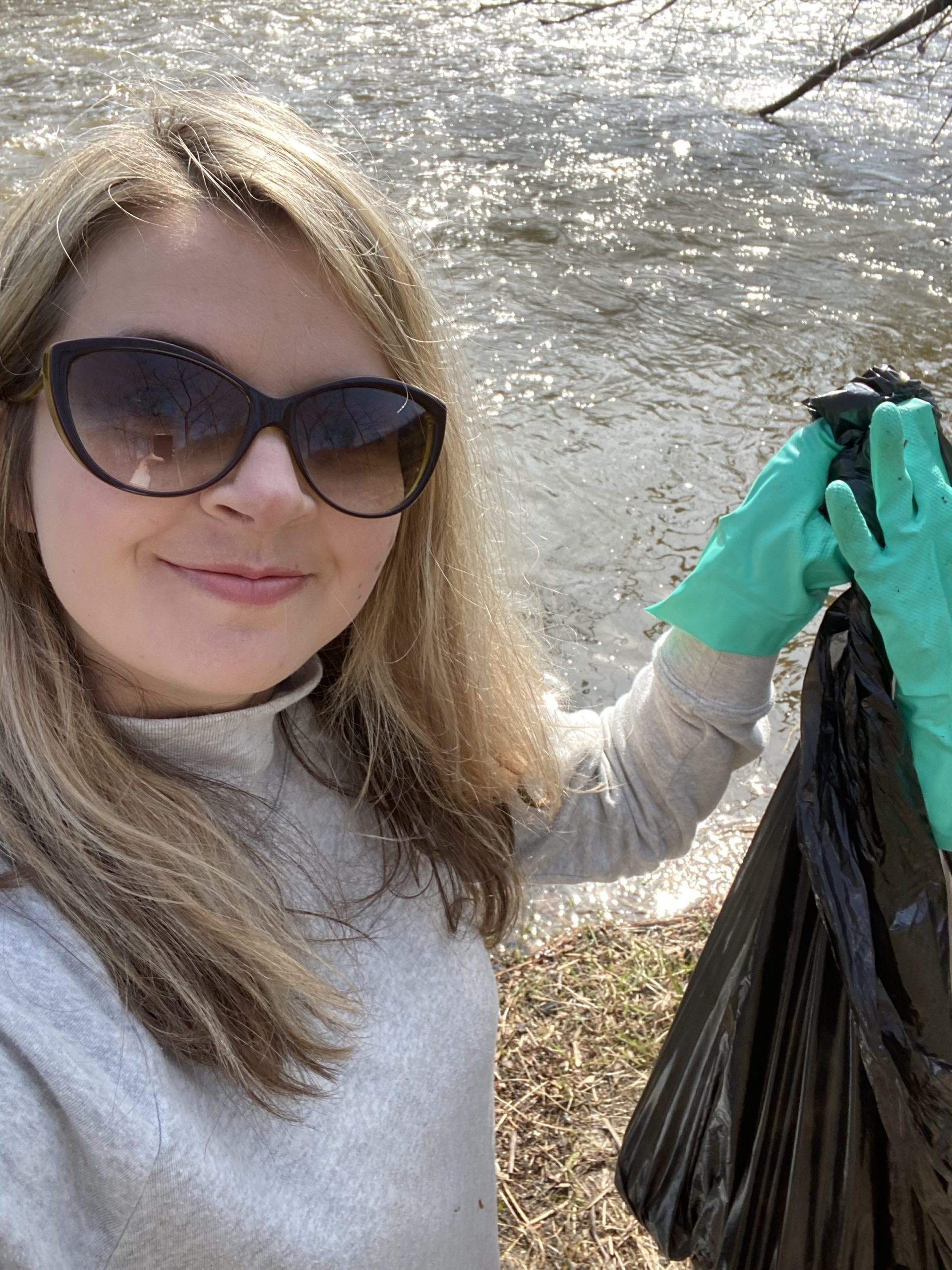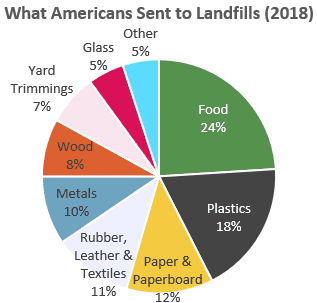
Zero Waste Basics
At the core of the zero waste movement is the idea that things that are not used and reused, will ultimately become waste, filling landfills and poisoning our ecosystem. And while recycling programs seem like the answer to our problem, not all recyclables are created equal.
Read on to understand what really happens to the stuff you put on the curb and why glass is king in the zero waste community.
The Five Rs
Did you know that Americans generate an average of 4.9 lbs. of waste per day? About half of this is landfilled, and only 32% is recycled or composted.
The goal of the zero waste movement is for each person to produce less waste by:
- Refusing single-use plastics and other items that will end up in landfills.
- Reducing the number of items we buy, recognizing we can live with less.
- Reusing the things we have, rethinking and repurposing them, selling or donating them to extend their useful lives.
- Composting (aka Rotting) organic materials that will take much longer to decompose in oxygen-deprived landfills.
- Recycling all of the materials we can so they can be melted down and used again
Plastic vs. Glass
If you’re just starting to learn about zero waste, you may have noticed that there’s an aversion to plastic and a love of glass. Did you know that up to 50% of plastic is used just once, for a few minutes, then discarded?
Or that just 9% of all plastic ever produced has been recycled, and only 10% of that has been recycled more than once? Best case scenario, a piece of plastic can be recycled and reused two times because it loses its strength every time it’s melted down and reused. But that doesn’t usually happen because using virgin plastic made from petroleum is much cheaper than picking up, sorting and melting down recycled plastic.
Until 2017 China was buying 60% of all plastic waste exported by G7 countries. When China determined that the waste was “dirty” and “hazardous” and implemented restrictions effectively banning these imports, the United States and other countries were faced with the stark reality that there isn’t really a market for recycled plastic.
The second sad truth of plastic is that it cannot biodegrade. It breaks down into smaller and smaller pieces over time but never goes away. These microplastics, which carry harmful chemicals, are making their way into local water systems and eventually flowing into our oceans, poisoning and/or being eaten by species that are part of humans’ food chain. The World Wildlife Fund estimates that today, the average person eats about 5 grams of plastic per week. And according to the United Nations, by 2050 oceans could contain more plastic than fish.
In contrast, glass is infinitely recyclable. Not only does it not lose purity or quality with every rebirth, using recycled glass is actually cheaper than using virgin glass, in part because recycled glass melts at a lower temperature so manufacturers save on energy costs. So there is a market for recycled glass, which can be sold by your local recycling facility to glass processing plants.
Glass is made from nontoxic materials and is the only packaging material that the U.S. Food & Drug Administration (FDA) has given its “generally regarded as safe (GRAS)” label. It is also nonporous, impermeable and has a near-zero rate of chemical interaction, so if it does break down and make its way into water sources, it does not carry toxic chemicals.
Zero Waste Basics
Latest Articles
I’m still working on writing and posting articles – please check back soon!
